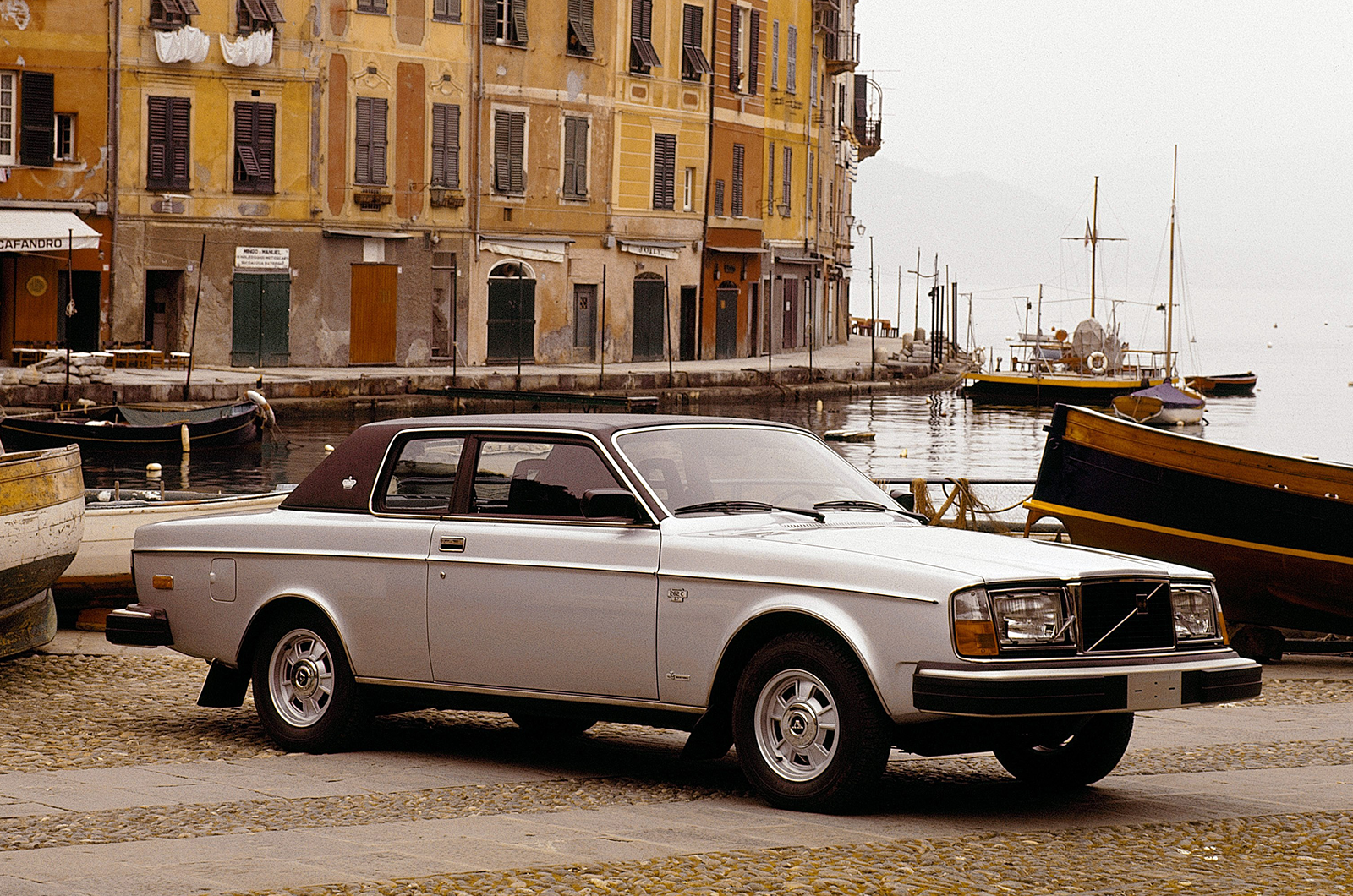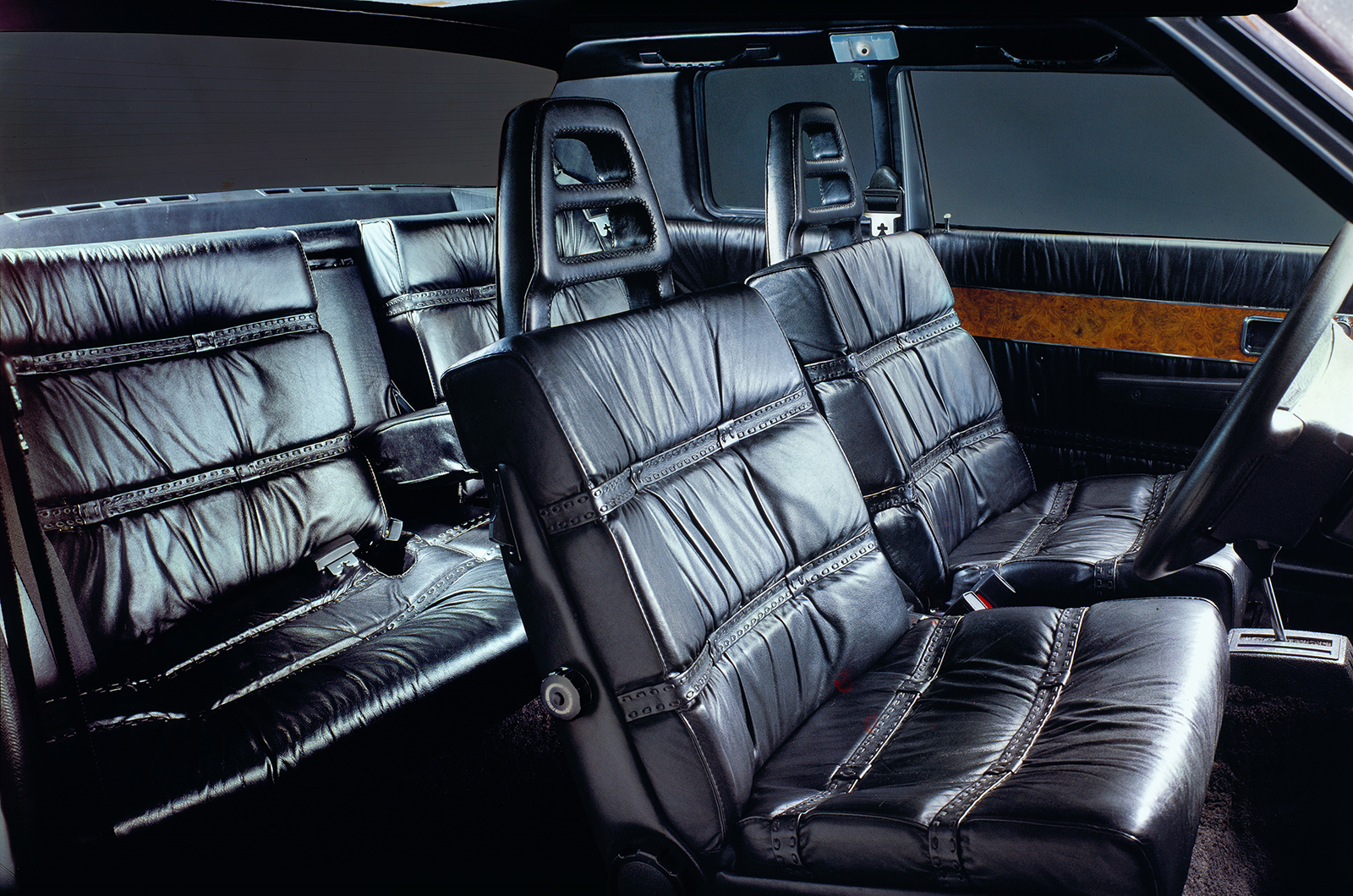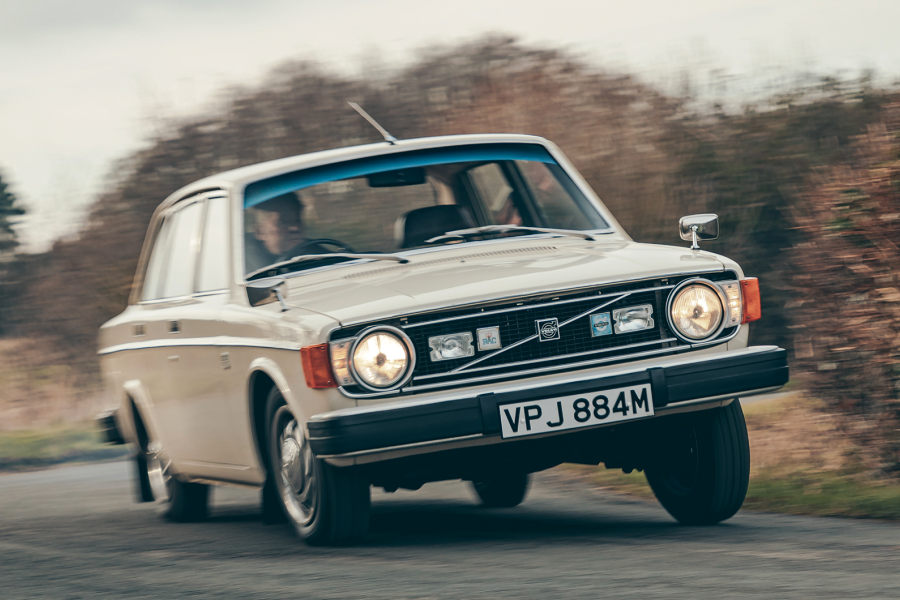
You look at the Volvo 262C today and have to remind yourself that this is not a one-off curiosity or a freakish prototype but a true production vehicle. Yes, Volvo actually made these things, over 6000 of them in fact.
You approach it with the same mixture of horror and delight normally reserved for the worst American cars, yet the 262C doesn't even have sheer size to recommend it.
It is a mean and stunted thing, a freakish combination of disco-era sensibilities and a machine gun bunker.

"The driver's sense of embarrassment was palpable"
It said a lot for Volvo's confidence at the time that it had the nuts to build such an ugly car, secure in the knowledge that it would probably sell simply because it was a Volvo.
I saw my first 262C circa 1982; the man who came to buy my dad's 130 Coupé turned up in one. It was silver (as most of them seemed to be) with the then non-negotiable vinyl top; gold, black and light blue were offered later.
The driver's sense of embarrassment was palpable.








